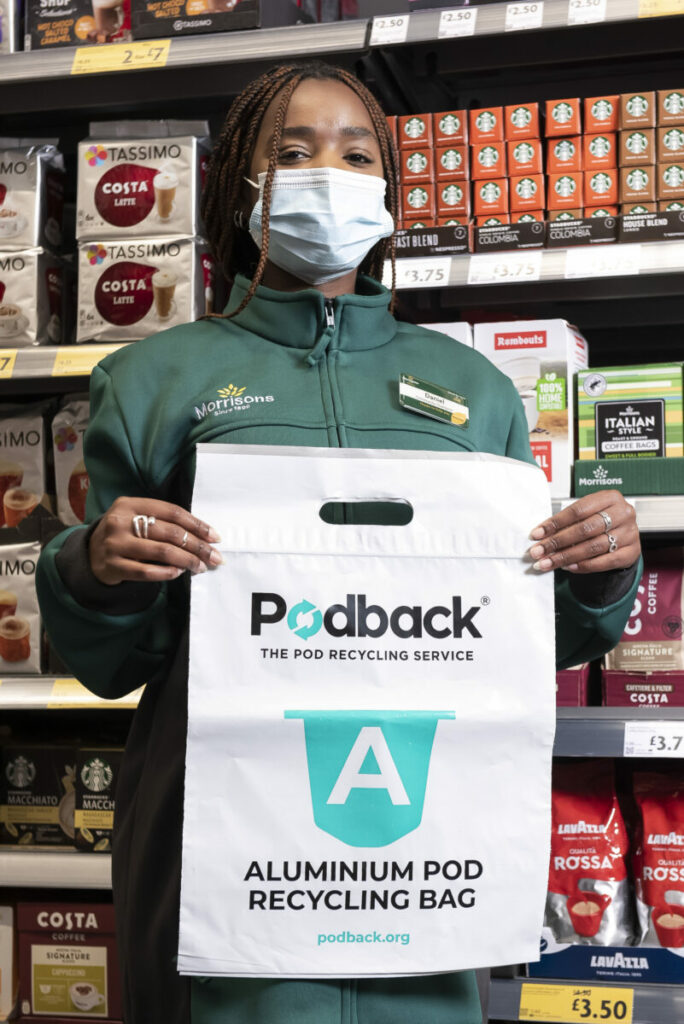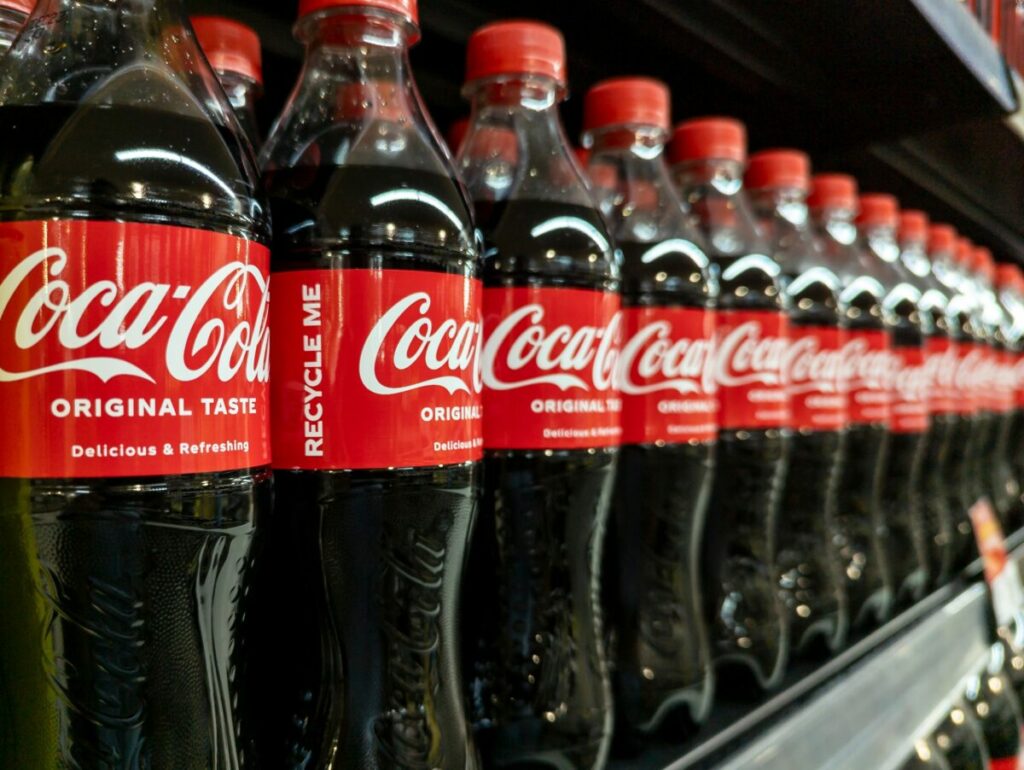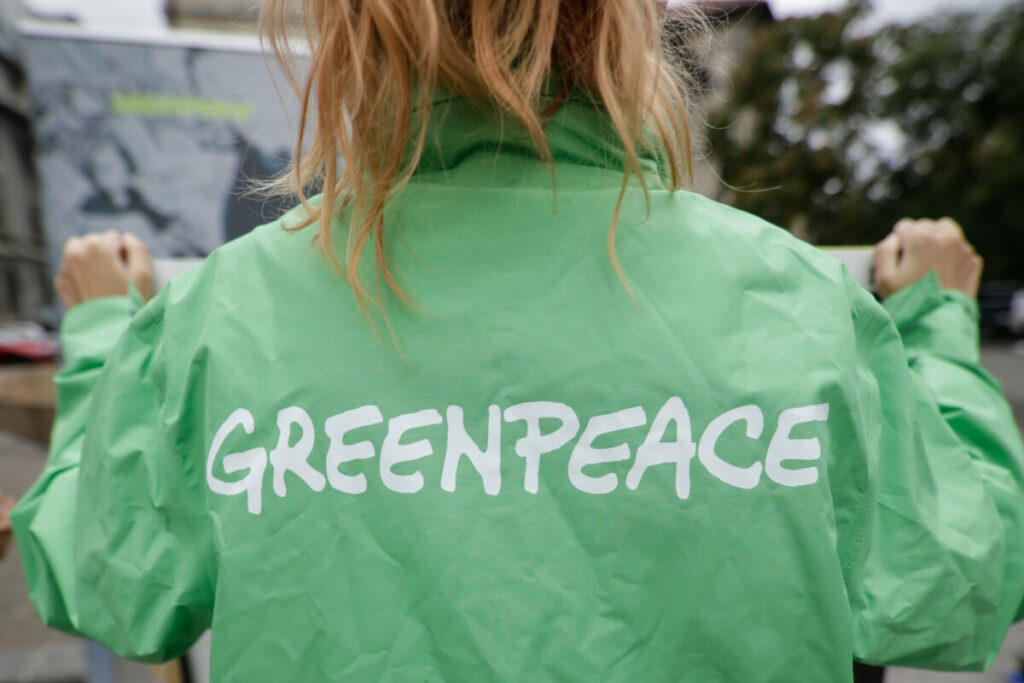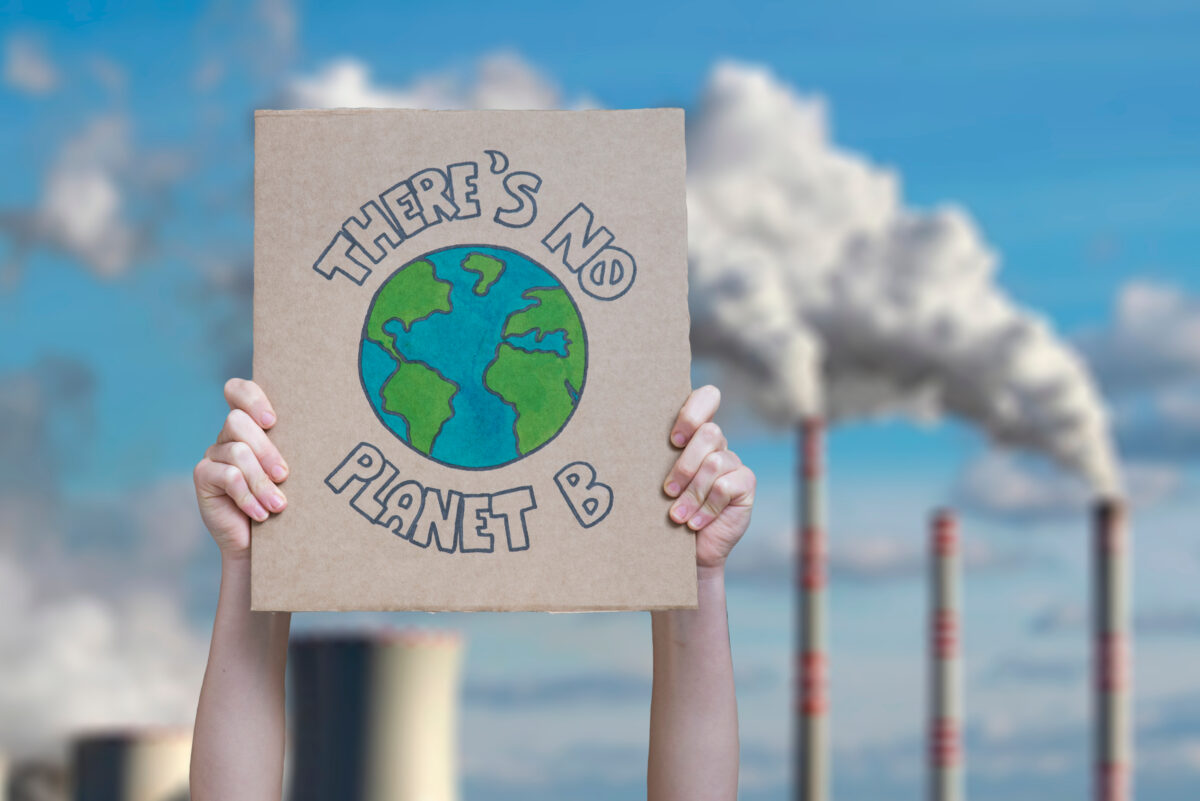Whilst unpleasant to look at, dead flies could prove to be incredibly useful in the quest for more environmentally friendly packaging; that is according to a new study to be presented this autumn at the American Chemical Society.
Researchers at Texas A&M University found that chemicals derived from the deceased insects could be isolated, purified and converted into degradable bioplastics.
“For 20 years, my group has been developing methods to transform natural projects – such as glucose obtained from sugar cane or trees – into degradable digestible polymers that don’t persist in the environment,” said the project’s principle investigator Karen Wooley.
However, those chemicals are harvested from resources that are also used for fuel, construction and transportation leading her colleague to suggest using waste products left over from farming black soldier flies.
Subscribe to Sustainability Beat for free
Sign up here to get the latest sustainability news sent straight to your inbox each morning
The larvae of the flies contains proteins and nutritious animal feed so they’re often used for animal feed but then discarded after their breeding days and short life span are over.
When a graduate student on the project, Cassidy Tibbets, examined the dead flies she found that chitin was a major component.
The nontoxic, biodegradable, sugar-based polymer strengthens the shell or exoskeleton of crustaceans and insects. While the material is already often extracted from shrimp and crab cells for various applications, it is likely the first time that chitin from adult flies rather than fly lavae has been used.
The team were able to use the products to produce a hydrogel that can absorb 47 times its weight in water in just one minute, making it useful for capturing flood water from cropland soil and slowly releasing it at times of drought.
Now, the team are hoping to break the chitin down into small monomeric glucosamine molecules which will be used to make bioplastics like polycarbonates and polyurethanes that are usually made from petrochemicals.
“We’re taking something that’s quite literally garbage and making something useful out of it,” Tibbets noted.















